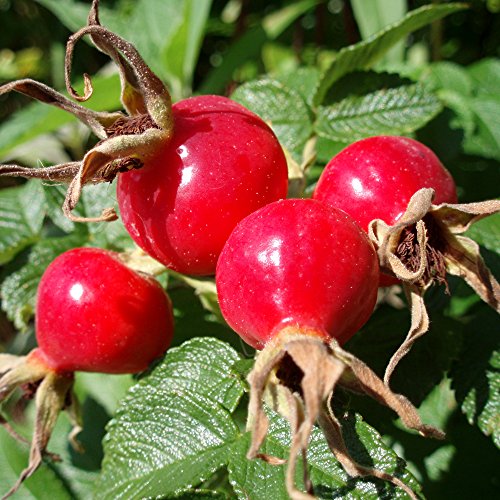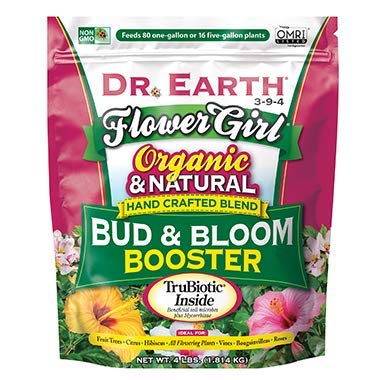Transform your borders with romantic wild roses – and add natural charm to any garden
Learn how to grow dog roses for a relaxed look that will prove popular with pollinators
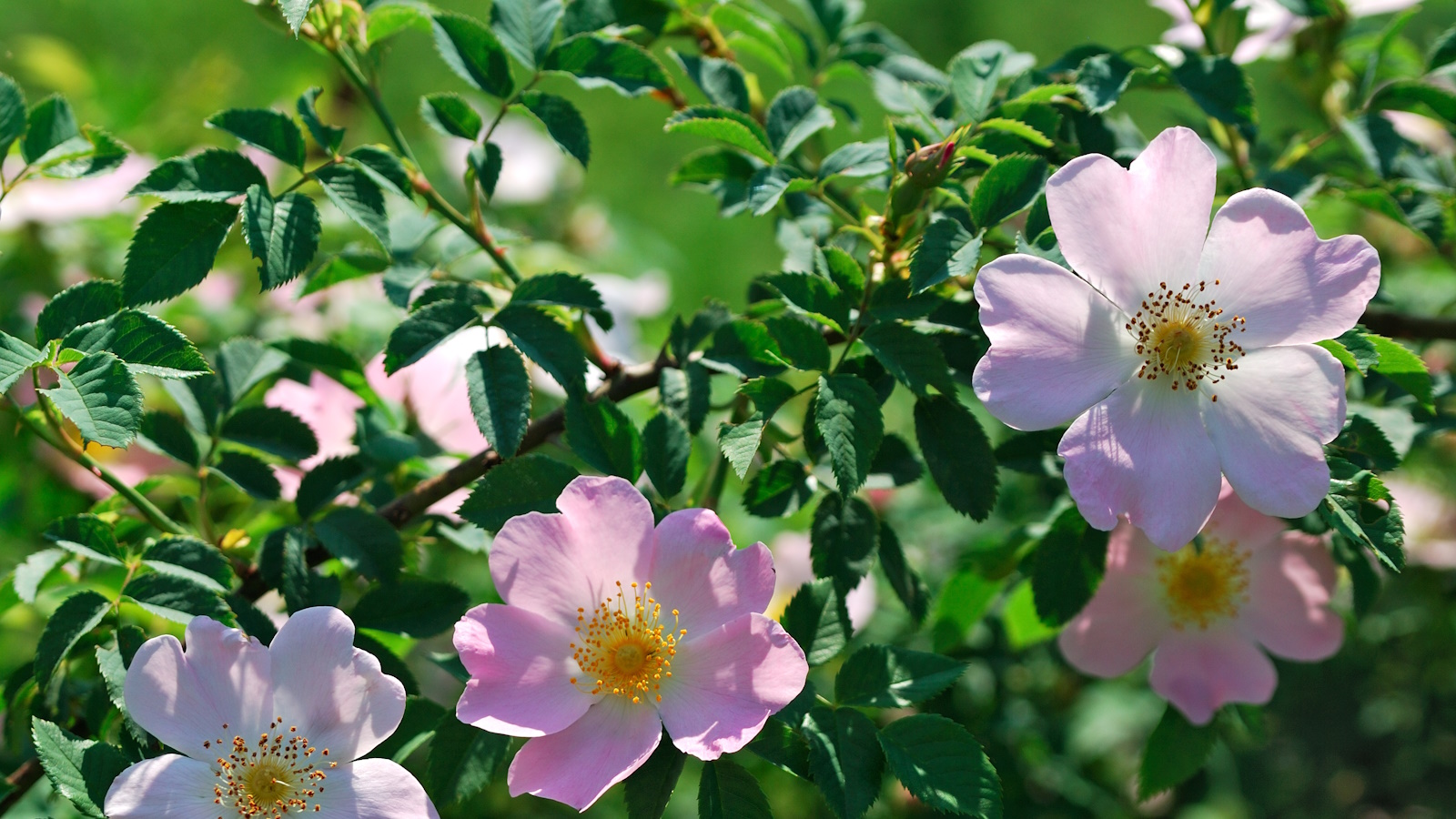

Roses are perhaps the most popular flowering plants worldwide. Commonly grown in most garden borders, roses have long been admired by gardeners and florists for centuries, valued for their romantic blooms and heady fragrances.
Different from hybrid roses and cultivars that have been developed and bred to produce picture-perfect flowers, there are many alternative varieties of wild roses that are ideal for a natural aesthetic. Dog roses, Rosa canina, as seen in the images here, are one such option. While they are slightly more primitive in form, often with singular, open flowers that have five petals, they are no less beautiful.
Learning how to grow dog roses is not too dissimilar from growing other species of rose, but there are certain care aspects to be aware of. Whether you are landscaping with roses, or looking to grow a statement shrub in your yard, our expert-approved guide has all the information you need to succeed.
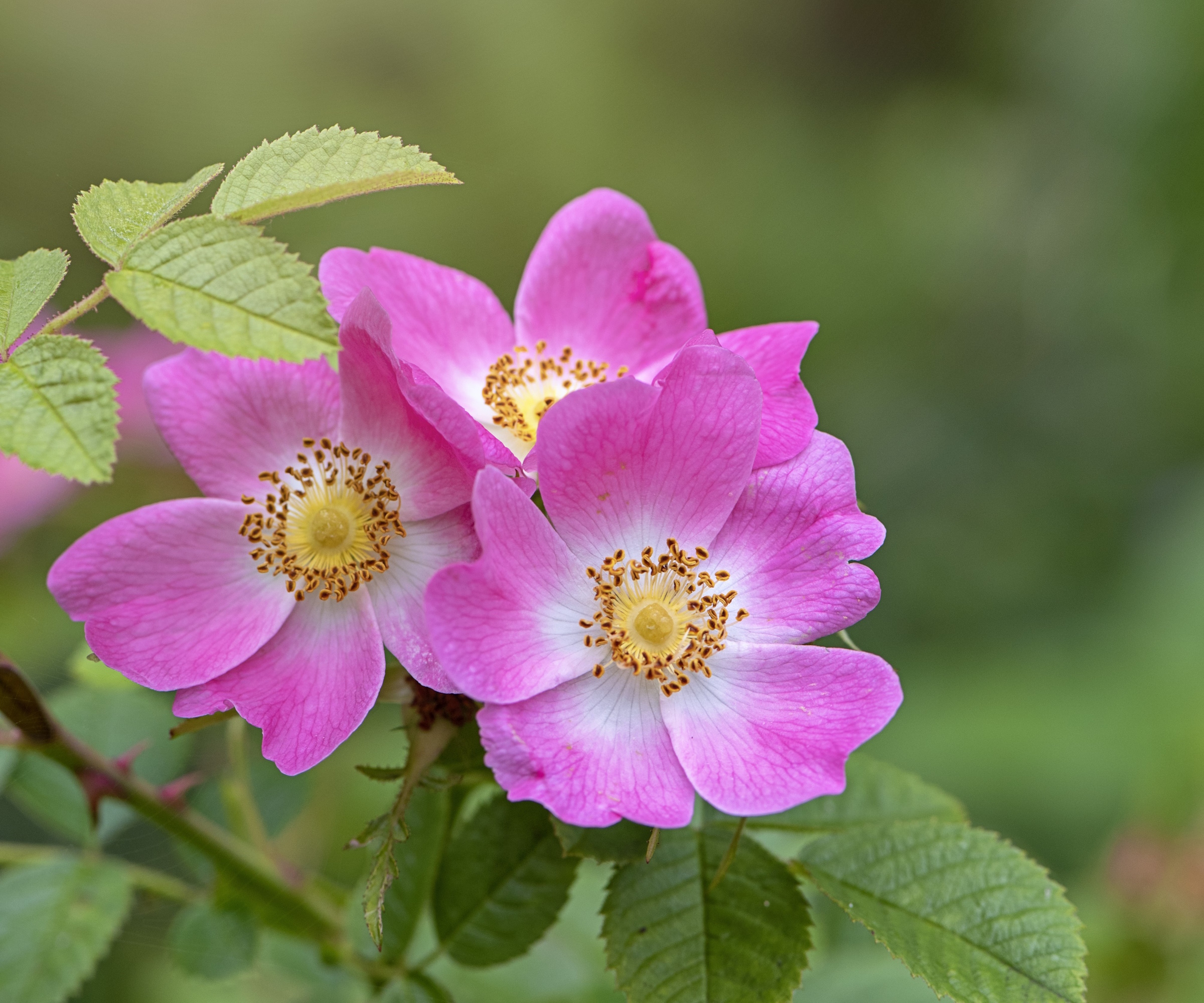
How to grow dog roses
When considering how to grow and care for roses, dog roses, Rosa canina, require a slightly different approach. Native to Europe, Africa and Asia, deciduous dog roses can be found scrambling through hedgerows and climbing over and atop large trees and shrubs. If you are looking for rose garden ideas with a bit of a twist, incorporating wild dog roses is sure to add something unique to your planting schemes.
Things to consider about dog roses
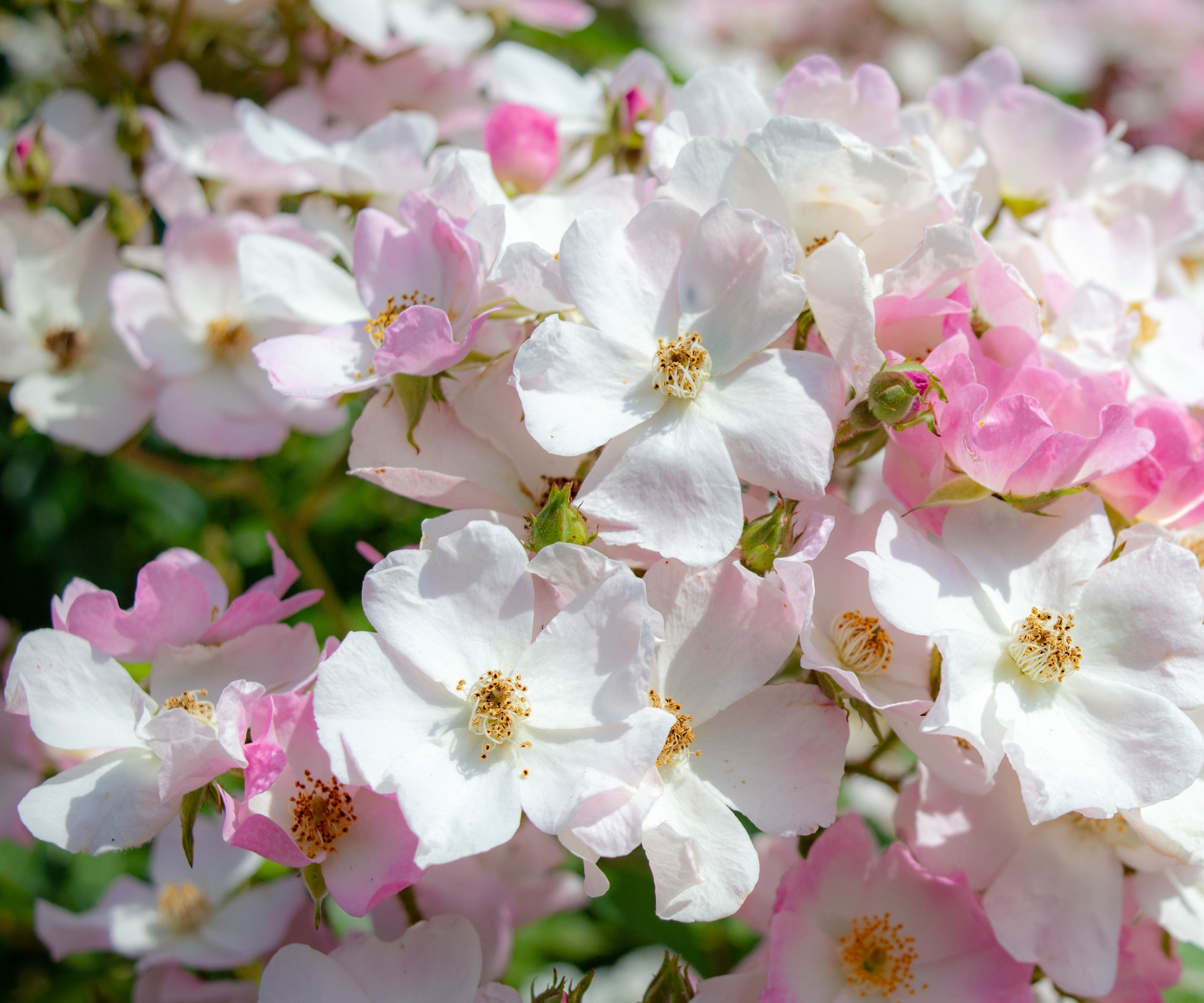
'Wild roses - or dog roses - are very vigorous, fast-growing shrubs,' says plant expert, Katie Sunderlage. 'For this reason, they are often used as hedges and grown alongside other shrubs and small trees.' There are many different types, including the native North American California rose, or the European dog rose.
'They can climb, vine and scramble through and over plants, so be warned, they can create a slightly tangled but pleasingly natural aesthetic, which is good if you are keen on wild gardening.
'They do best in US hardiness zone 5 to US hardiness zone 9, meaning they can be grown as far North as Maine, and as far south as Texas and Florida,' Katie adds.
Design expertise in your inbox – from inspiring decorating ideas and beautiful celebrity homes to practical gardening advice and shopping round-ups.
The good thing about dog roses is they are at their best when left alone, without regular care, and who doesn't like a low-maintenance plant? 'Once your dog rose has completed flowering, there is no need for deadheading,' Katie continues, 'rose hips will form where the blooms once were, and these hips are the real stars of the show.'
Not only will dog rose hips form a nice display to look at during late summer, fall and winter, but these are excellent plants for pollinators that will prove to be a hit with local wildlife. 'Dog rose hips are a great food source for many mammals and birds, particularly in the colder months.'

Operations Manager at Holland Group, managing the customer service department and purchasing. Katie has been in the green industry since 2005 in the Greater Milwaukee area, earning her degree in Horticulture in 2008. She has been able to share her love for plants working in multiple garden centers, in sales positions and most recently in an online retail platform at Holland Group.
Dog roses grow guide

- Soil: 'They prefer moist but well-drained soil,' Katie says. 'In general, however, wild dog roses are very versatile and can be planted in an array of soils, climates and for a variety of uses as part of a naturalistic planting design.'
- Light: 'Dog roses do best in full sun, preferably with at least eight hours per day,' Katie says. In places where they are found growing naturally, dog roses tend to thrive in hedges or along the edges of open fields where they can enjoy plenty of sunshine. Just think, the more sun your dog rose can enjoy, the more blooms it will produce.
- Watering: Wild Roses prefer some moisture in the soil but do not enjoy waterlogged ground or wet conditions. 'Once your dog rose is established, watering isn’t necessary,' Katie advises. 'When your plant is young, however, deep watering can be important during warm weather to ensure that the rose is able to bloom. Generally, watering once every one to two weeks is ideal. Once your plant starts to bloom, decreasing watering to every three weeks is recommended. Avoid watering the leaves as this can cause sun scorch.'
- Fertilizing: 'It can help to feed during the spring and summer if you want to maximize bloom production,' Katie continues. Using a fertilizer high in potash, such as this bloom booster feed available from Walmart, will do the trick. 'You can feed every three weeks during the active growing season to promote continued flowering,' Katie says. If, however, your dog rose is thriving, and producing plenty of flowers, I recommend leaving the fertilizer in the garden shed. These plants can typically access what they need from the soil.
- Pruning: 'Do not prune or deadhead spent blooms,' Katie says. 'Leave faded flowers to turn into rose hips for a dazzling fall display. Pruning is only necessary if there are dead or weak branches which can be done late in the season at the end of summer.' For any pruning jobs, be sure to use clean, sharp tools, like these Felco snips, available from Walmart. A word of caution, however, is that dog roses look their best when left alone, with natural, relaxed shapes and structures, so avoid heavy pruning and let this plant grow freely.
- Staking and support: For newly planted dog roses, it is a good idea to provide a framework for them to climb over. There are many different climbing plant support ideas to try, including trellises or wires along a garden wall. Green dog rose shoots can be gently woven into the plant support, or trained along a structure using gardening twine, available from Amazon.
FAQs
Can you grow dog roses in pots?
Yes, dog roses can be grown in pots. Growing in this way, however, will restrict and limit their vigor, although this might be the best option if you have a small yard. I would suggest repotting dog roses annually, to refresh soil and encourage new shoots. Remember to water your pots during spring and summer, as they can dry out very quickly during warm weather.
How big can dog roses grow?
Dog roses are vigorous plants that can eventually reach impressive sizes. Without pruning, dog roses can reach 10-15ft tall with a spread of 10-15ft. While I prefer to leave dog roses to grow in a natural way, pruning once every three years can help to limit its spread.
Wild roses can help to form a natural boundary that is both beautiful, with striking blooms, and practical - with thorny branches to create a naturally secure perimeter. Using wild roses for hedging is also a great way to maximize wildlife in your yard, with birds, bees and butterflies drawn to these nectar-rich offerings all year round. See our other suggestions for planting a hedge for wildlife, including plants that produce striking berry displays in fall and winter.

Thomas is a Content Editor within the Gardens Team at Homes and Gardens. He has worked as a professional gardener for both public spaces and private estates, specializing in productive gardening, growing food and flowers. Trained in Horticulture at the Garden Museum, he has written on gardening and garden history for various publications, including The English Garden, Gardens Illustrated, Hortus, The London Gardener and Bloom. He has co-authored a Lonely Planet travel book, The Tree Atlas, due out in 2024.
